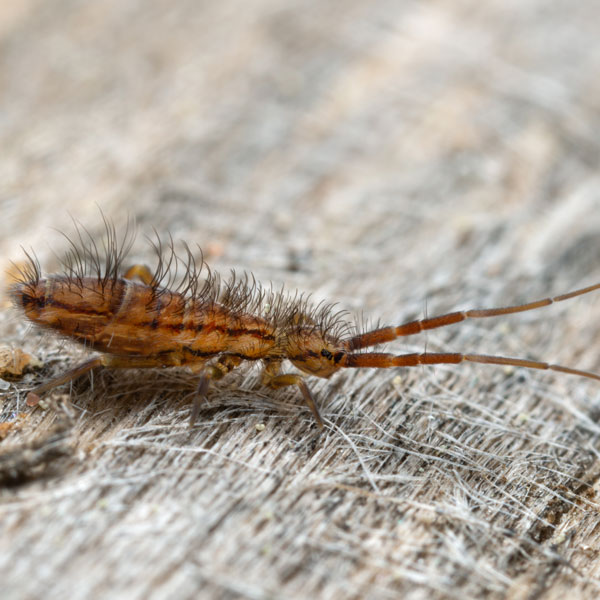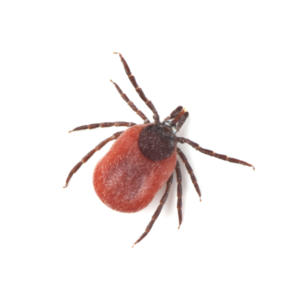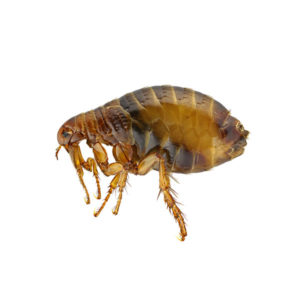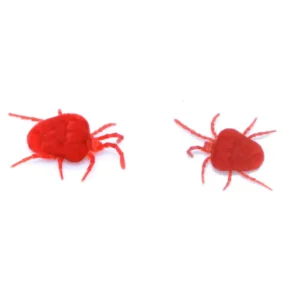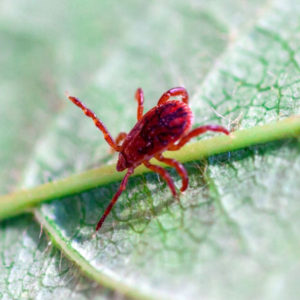Springtails in Memphis TN Metro Area
Springtails come in diverse shapes and sizes, but they all share a common feature—a specialized appendage known as a furcula—which is tucked beneath their abdomen. When a springtail is disrupted, it swiftly releases the furcula, propelling itself into the air and away from potential harm. Despite their diminutive size, these insects can occasionally infiltrate homes, with a notable presence in basements, bathrooms, and kitchens. Many instances of numerous small, dark jumping insects can be accurately identified as springtails.
Springtail Habitat
At times, springtails can cause concern for homeowners when they emerge in substantial quantities within moist indoor spaces, including kitchen sinks, bathtubs, and the soil of houseplants. These tiny creatures can also be encountered outdoors, particularly in swimming pools, damp landscaped areas or vegetable gardens, and on the surfaces of mud puddles. While they typically make their appearance in the spring and early summer, they can be found throughout the year in environments with high moisture levels. Infestations of springtails are commonly associated with damp conditions, the presence of organic debris, and the growth of mold.
Springtail Behaviors, Threats, or Dangers
Because springtails jump when they are disturbed, they are sometimes mistaken for fleas. However, springtails do not bite people or pets, and they do not transmit diseases or harm furniture. They are mostly bothersome pests and can become an issue in recently built structures due to damp construction materials and wet plaster. As the building dries, the springtails will either die or depart. They can also cause trouble near swimming pools, where they often fall in and drown in significant quantities, creating a layer on the pool’s surface. Even though they may look unpleasant in the pool, they can be safely removed without any need for worry.
If you are dealing with springtails, contact your local flea, tick, and mite experts.

